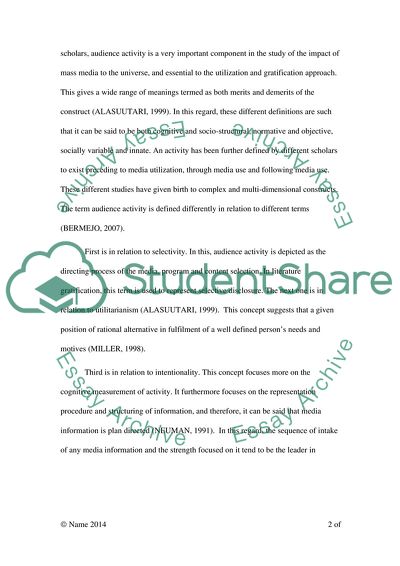Cite this document
(“Fashion Media Essay Example | Topics and Well Written Essays - 3250 words”, n.d.)
Fashion Media Essay Example | Topics and Well Written Essays - 3250 words. Retrieved from https://studentshare.org/media/1646458-fashion-media
Fashion Media Essay Example | Topics and Well Written Essays - 3250 words. Retrieved from https://studentshare.org/media/1646458-fashion-media
(Fashion Media Essay Example | Topics and Well Written Essays - 3250 Words)
Fashion Media Essay Example | Topics and Well Written Essays - 3250 Words. https://studentshare.org/media/1646458-fashion-media.
Fashion Media Essay Example | Topics and Well Written Essays - 3250 Words. https://studentshare.org/media/1646458-fashion-media.
“Fashion Media Essay Example | Topics and Well Written Essays - 3250 Words”, n.d. https://studentshare.org/media/1646458-fashion-media.


